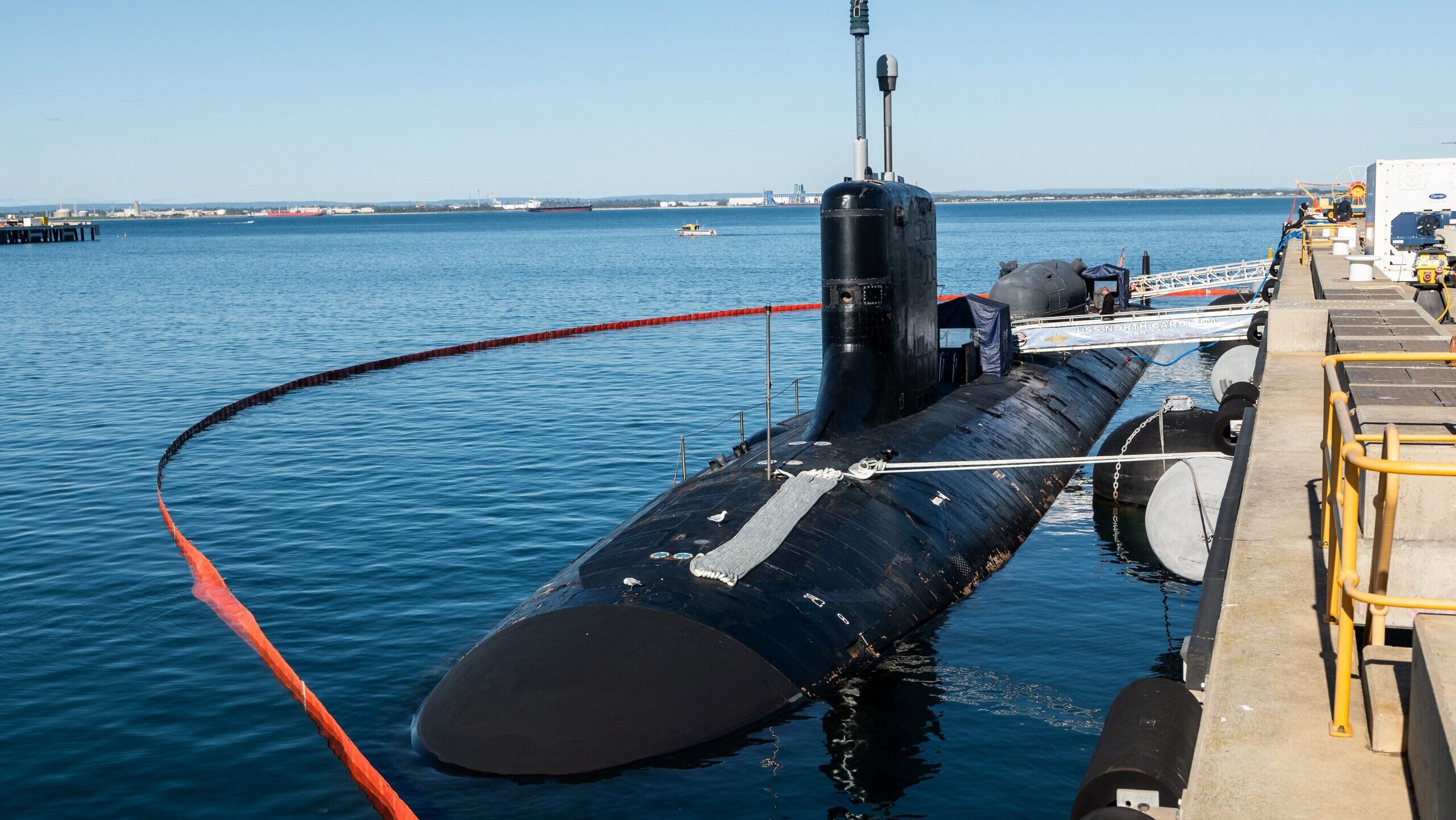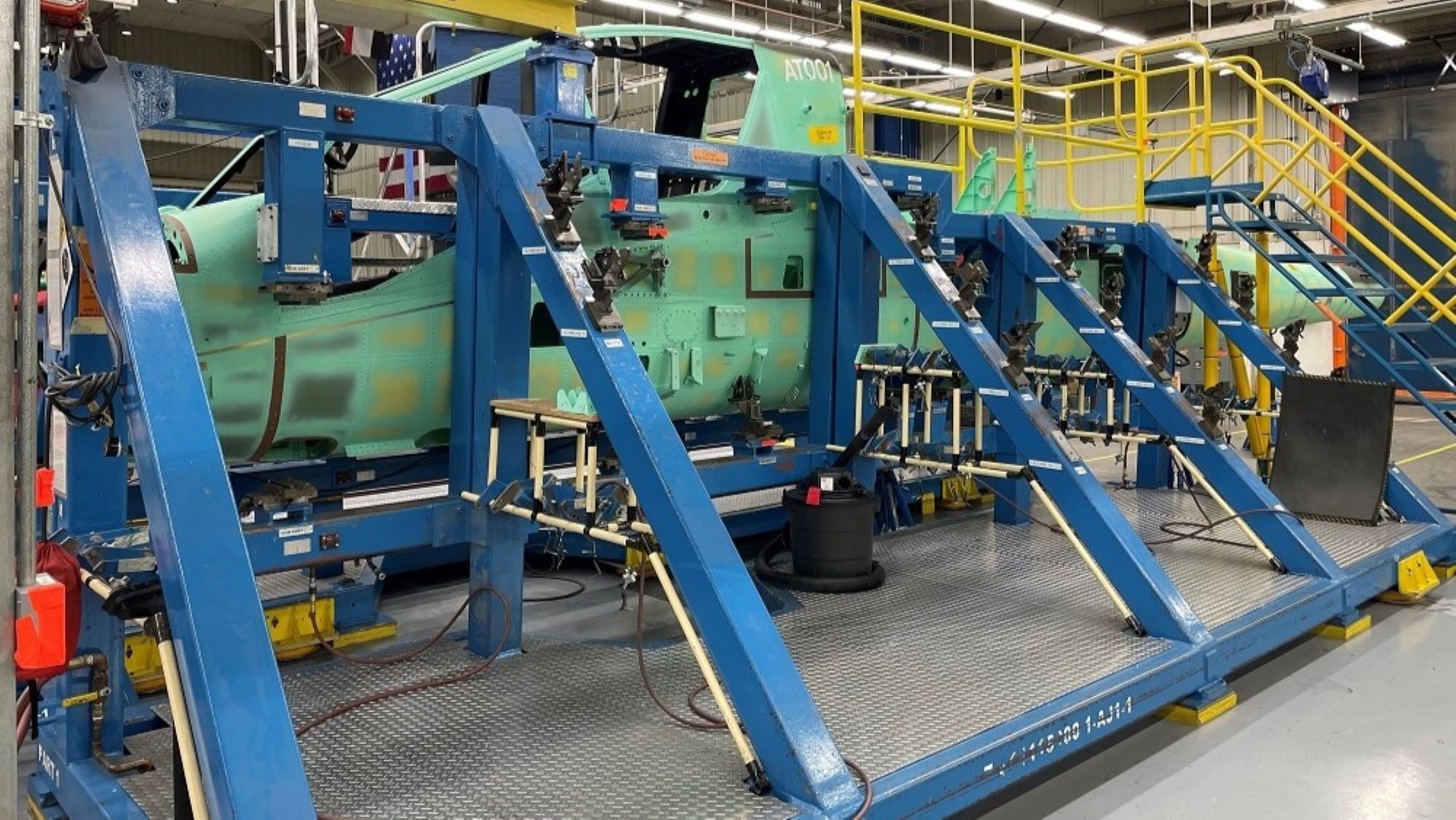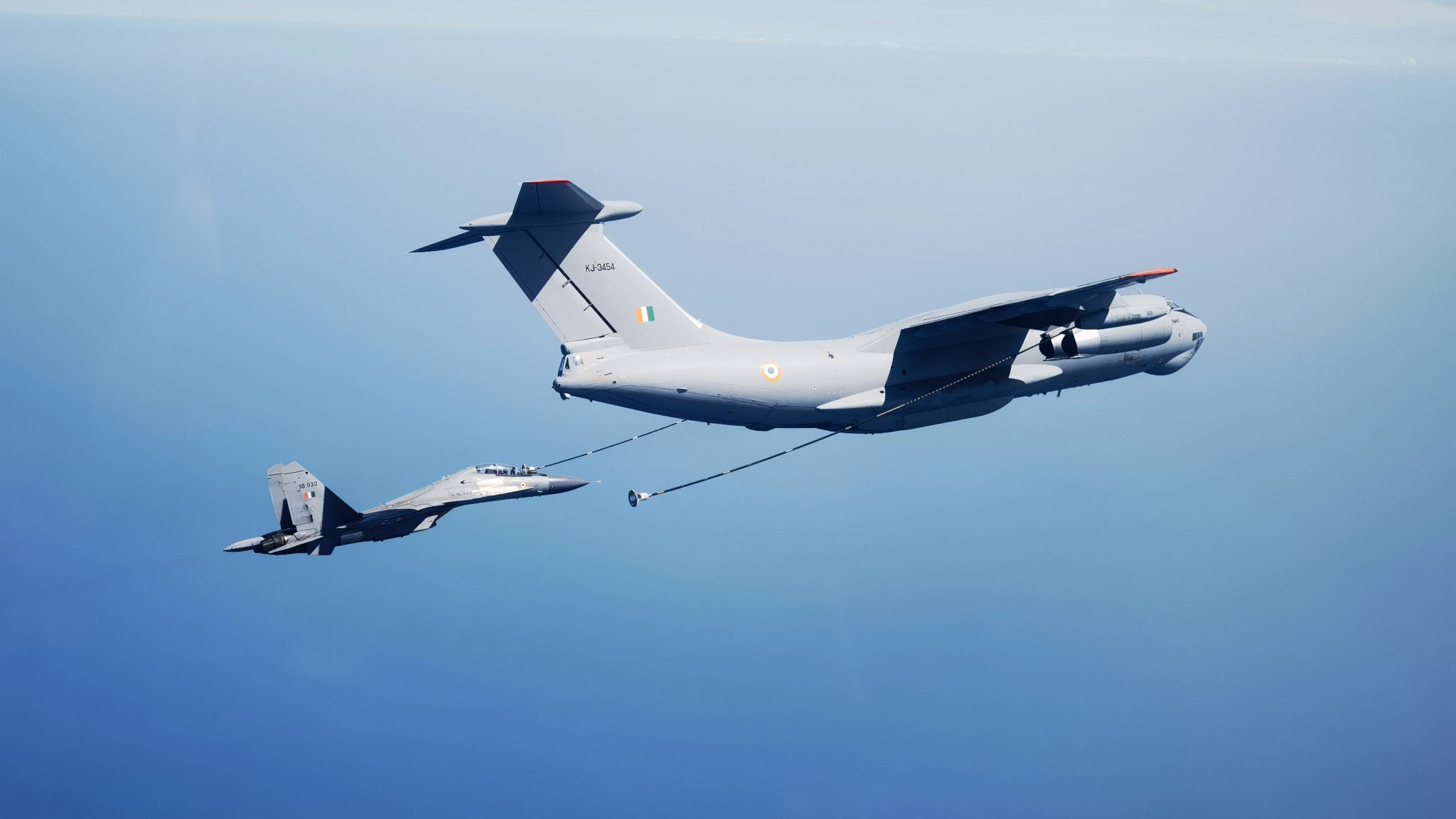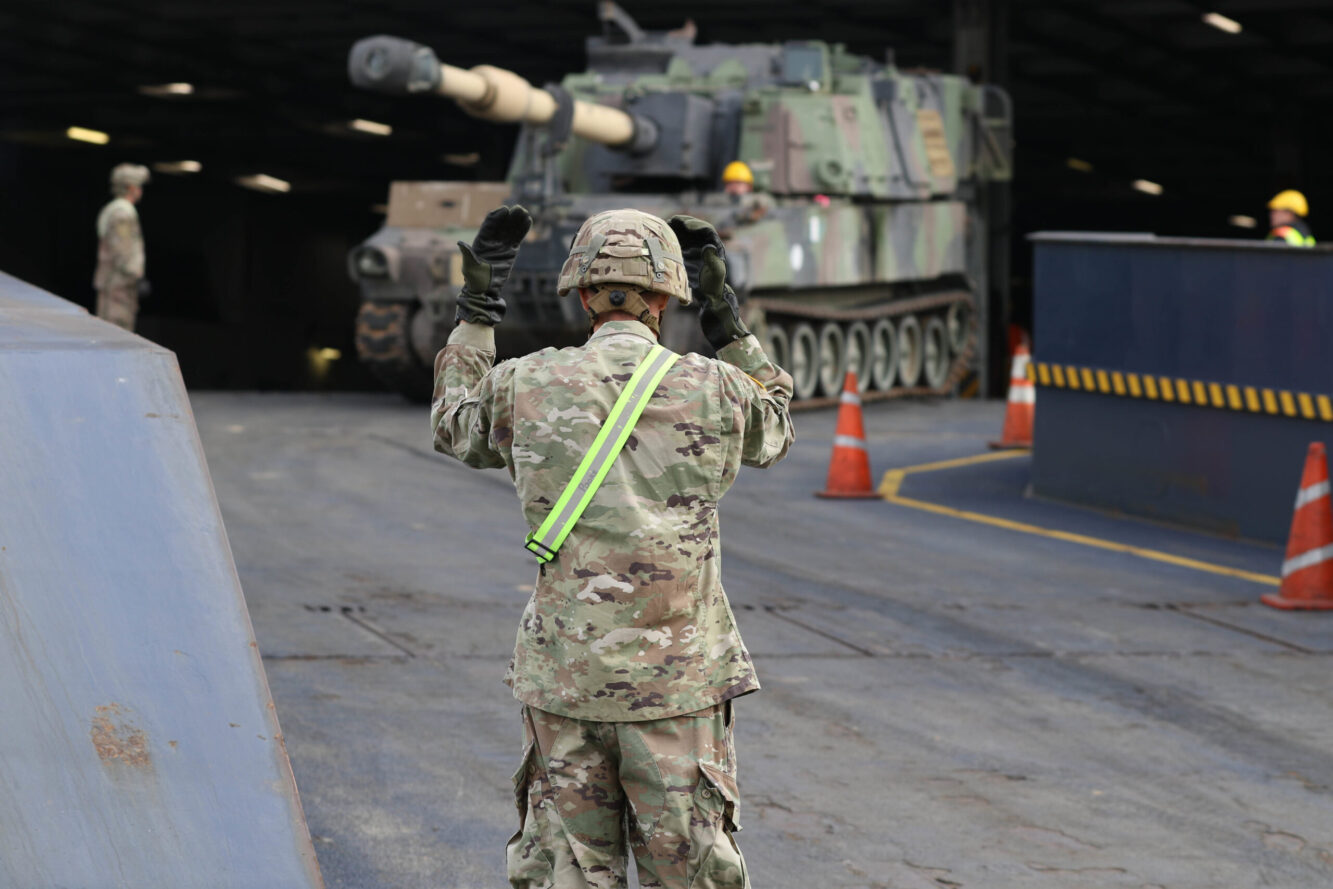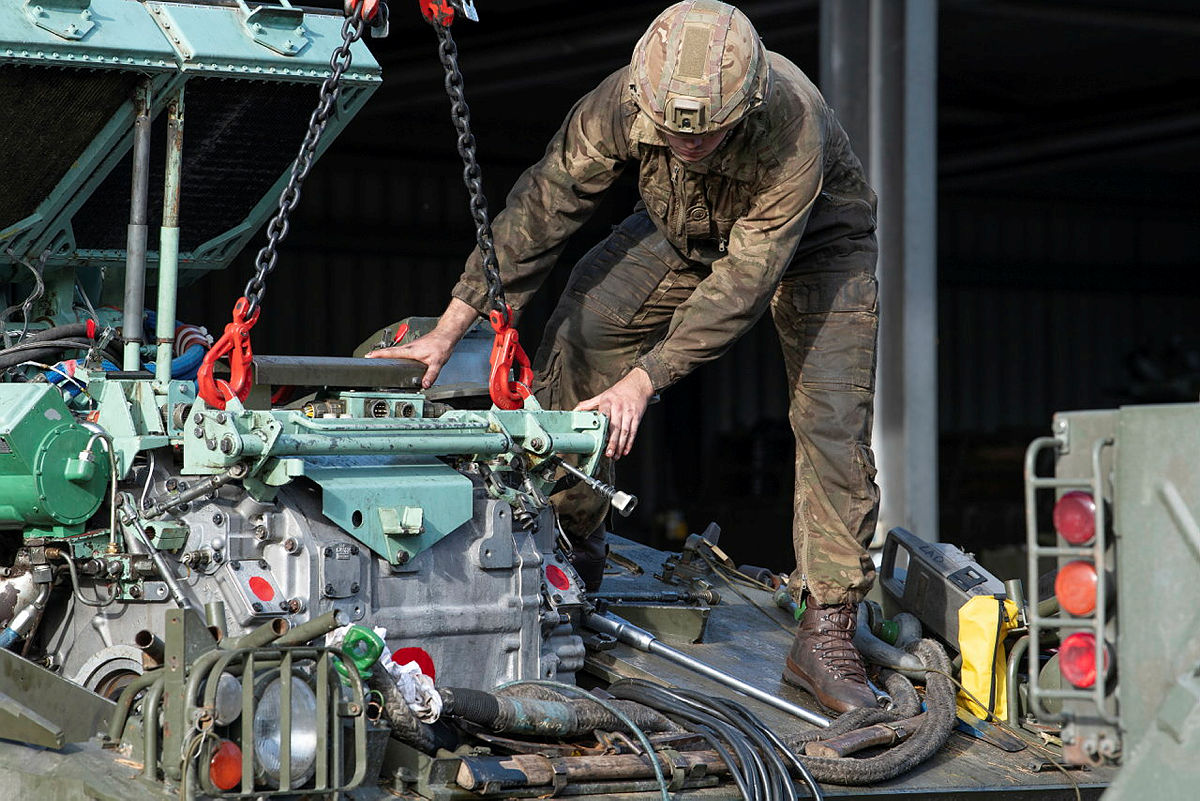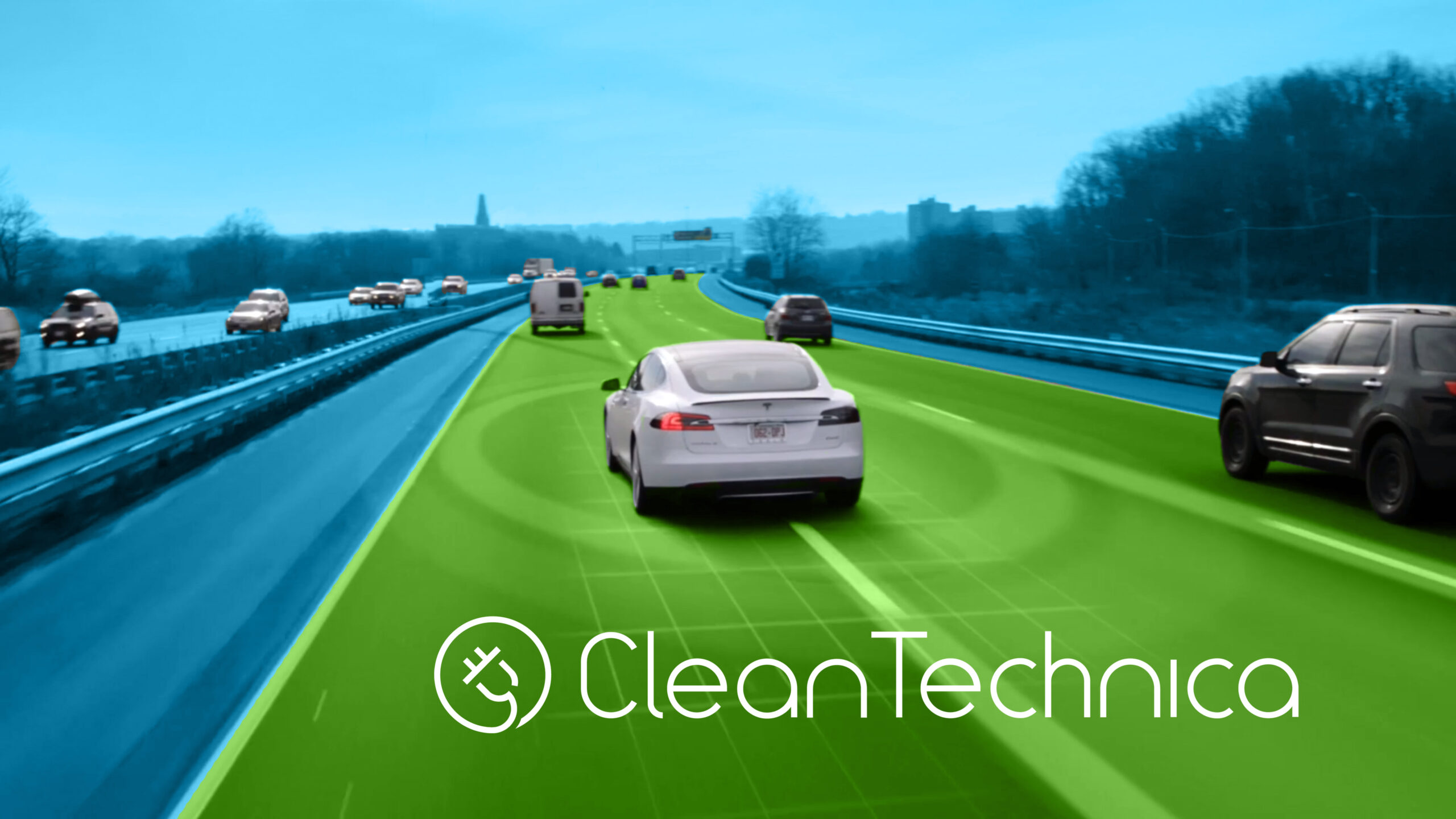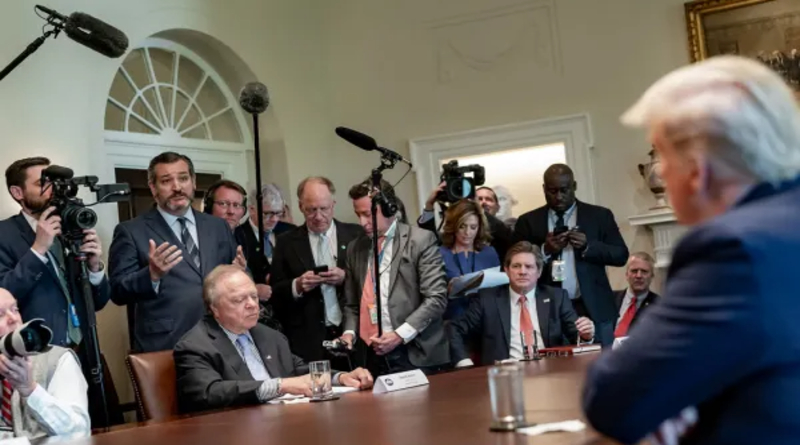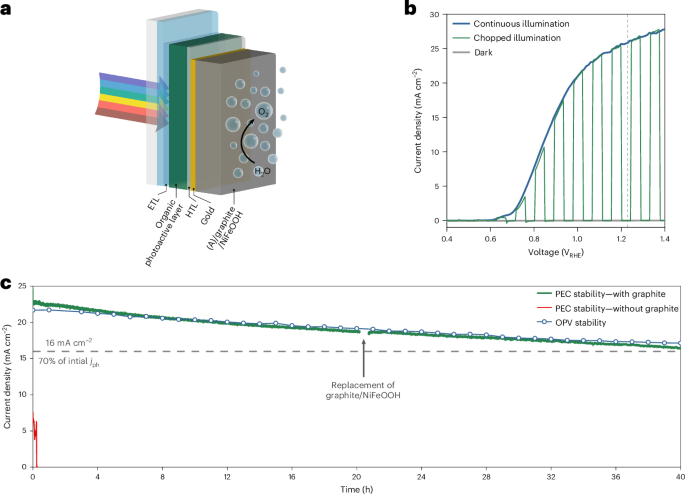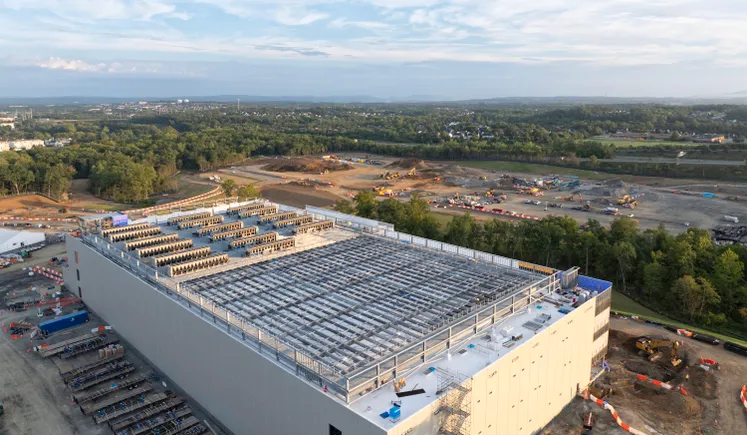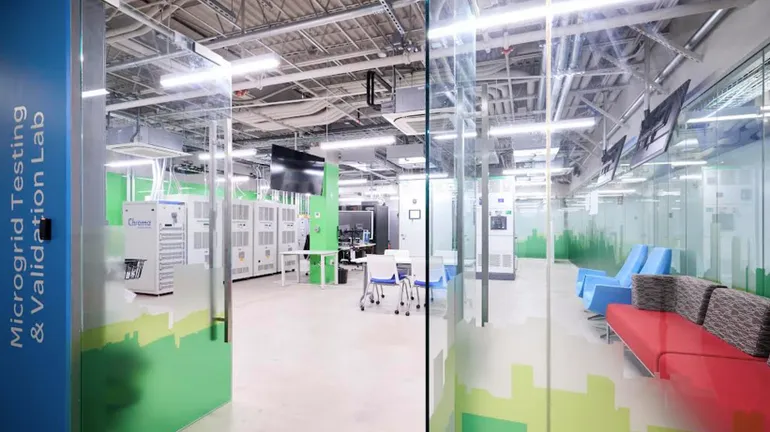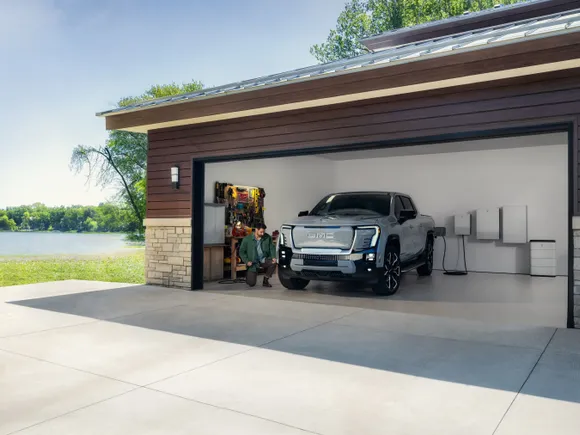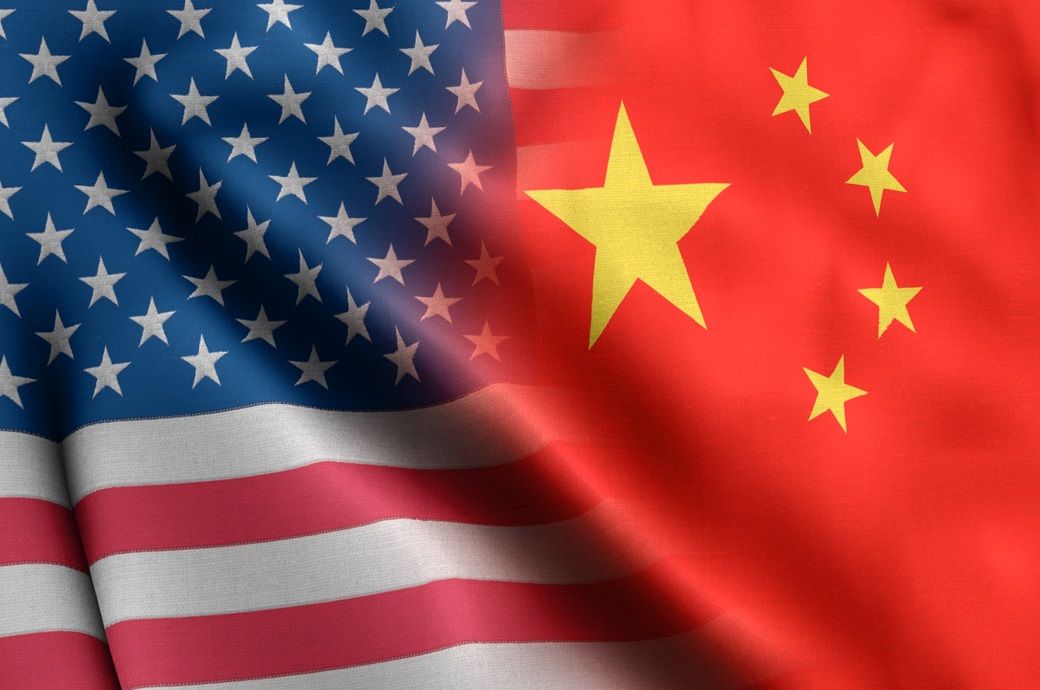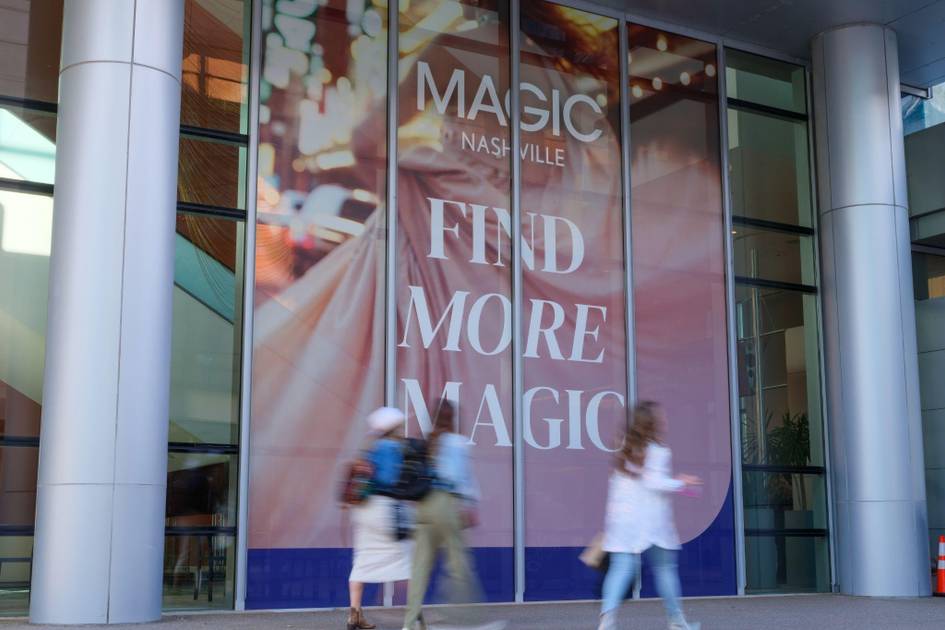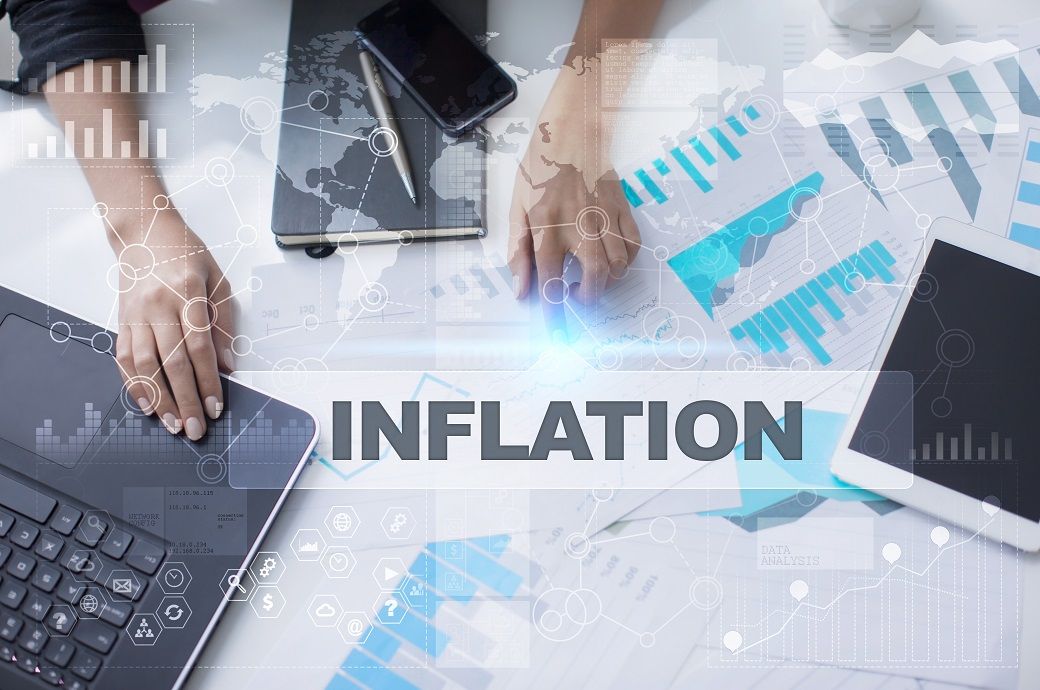Innovative Approach to Recycle Lithium‐Ion Battery Electrolytes via Sequential Chemical Processes
Advanced Energy Materials, EarlyView.

A chemical separation method is developed to recycle and purify nonaqueous electrolytes from spent lithium-ion batteries. The new process consists of a sequence of precipitation in tandem with each distillation and solvent-assisted vacuum extraction to obtain high-quality electrolyte precursors. The reformulated electrolytes exhibit excellent electrochemical performance in lithium-ion battery. The significance of this process undoubtedly extends to other battery systems beyond lithium.
Abstract
The rapid growth of electric vehicles (EV) has driven the widespread use of lithium-ion batteries (LIBs). This will result in a large amount of spent batteries that if not properly disposed will pose significant environmental damage, especially from the electrolyte. The electrolyte contains lithium hexafluorophosphate (LiPF6), which when treated by either incineration or water washing can generate harmful F- and P-containing substances such as hydrofluoric acid (HF). In this study, an innovative two-step process is presented to separate and purify both the solvents and lithium salts from the spent electrolyte. Antisolvent assisted precipitation is used to selectively isolate LiPF6 salt in the form of a complex with ethylene carbonate. Subsequent distillation then separates the volatile electrolyte solvents and antisolvent from each other effectively. In addition, a new process to further purify LiPF6 from its ethylene carbonate (EC) complex is also presented. This electrolyte recycling method not only enables the recovery of the high-value LiPF6 salt and the electrolyte solvents, but also paves the way for environmentally responsible and circular LIB recycling.










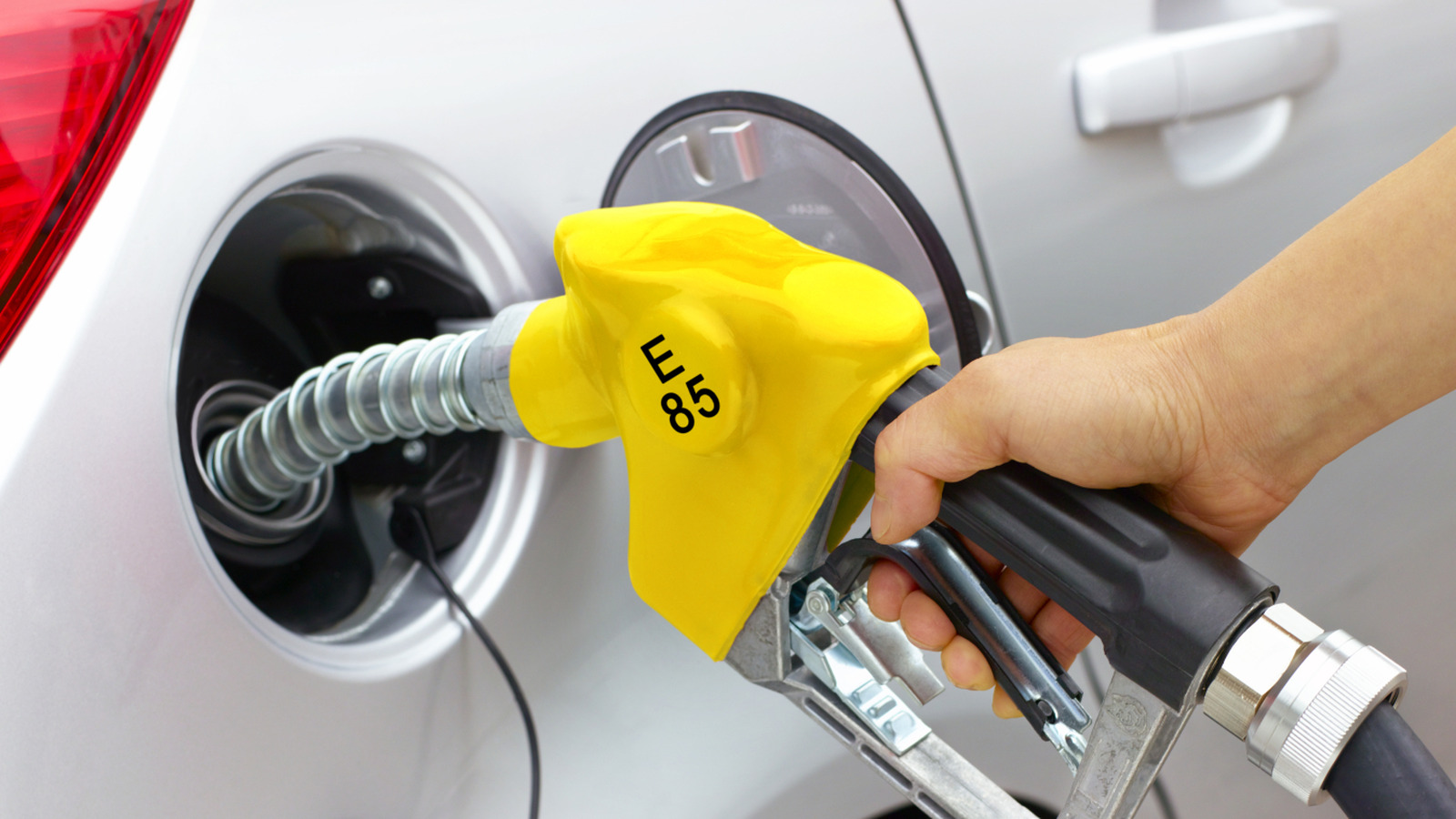

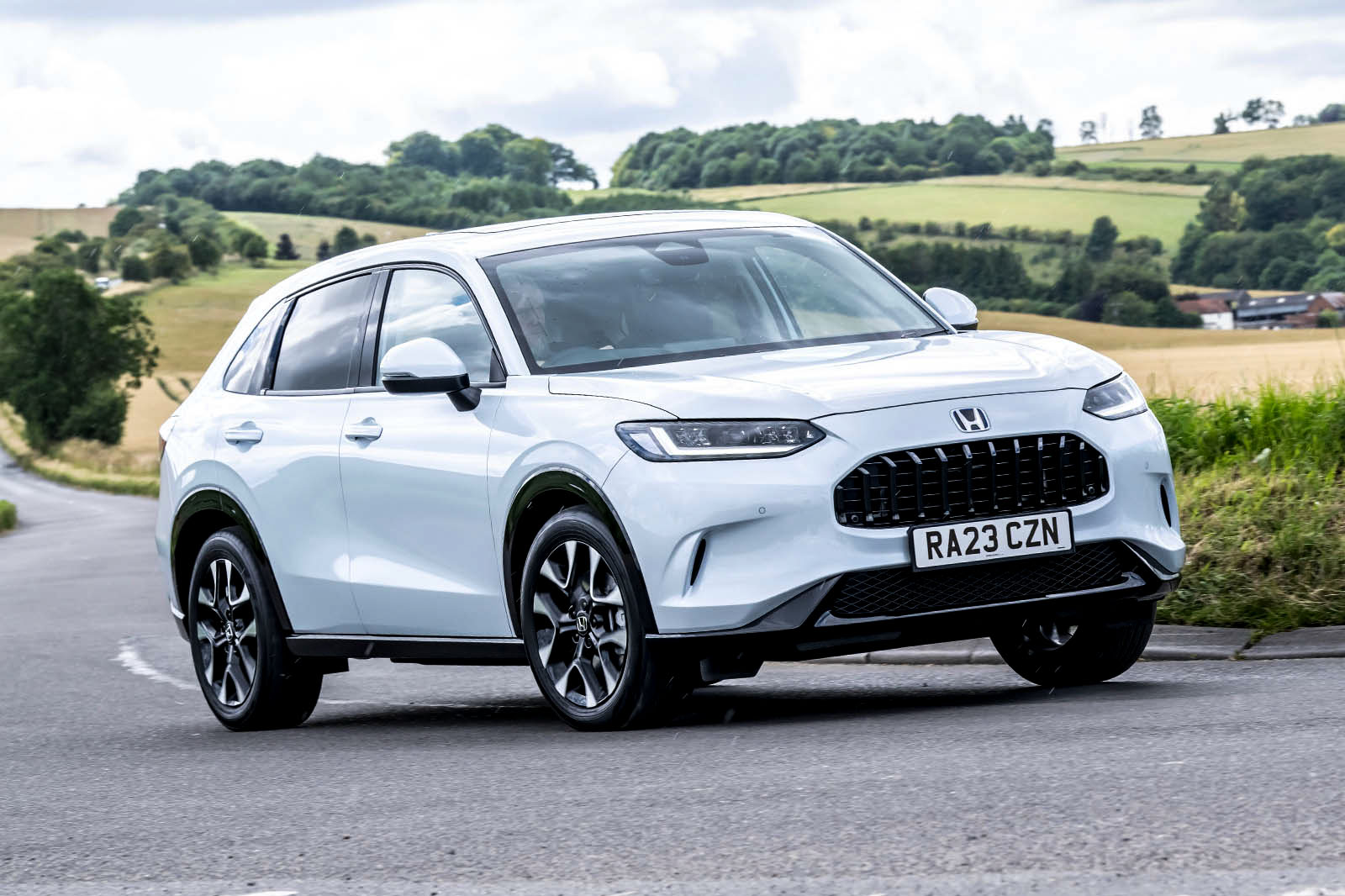
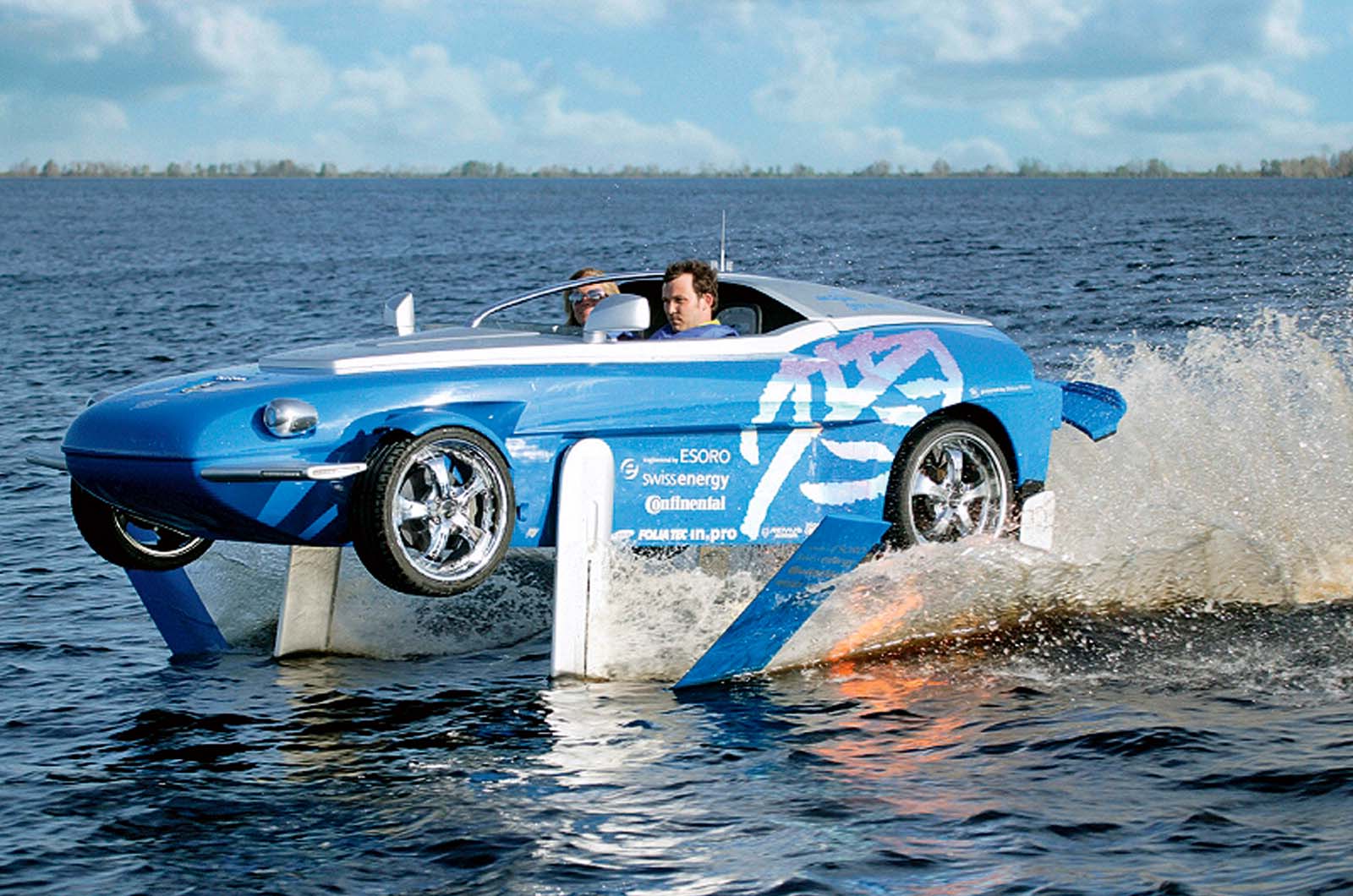
















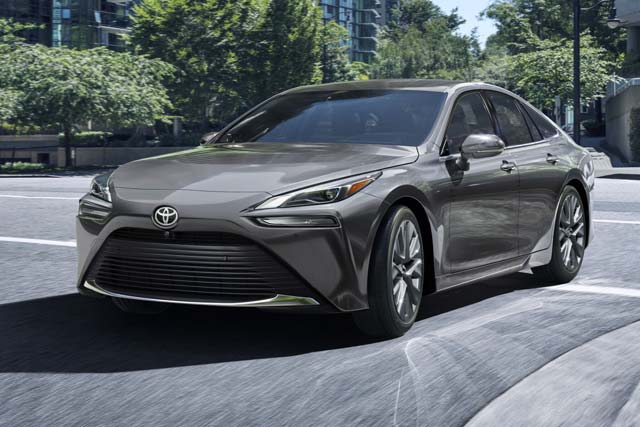
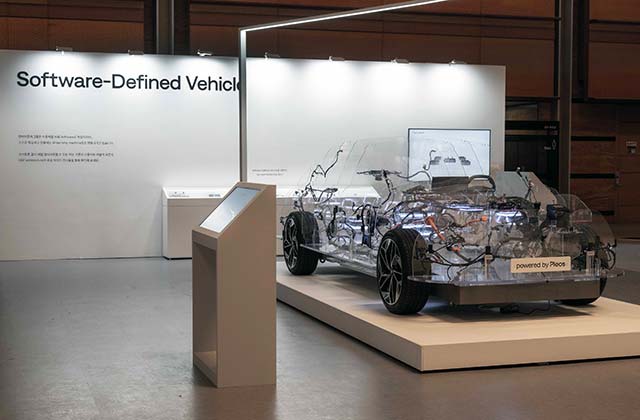

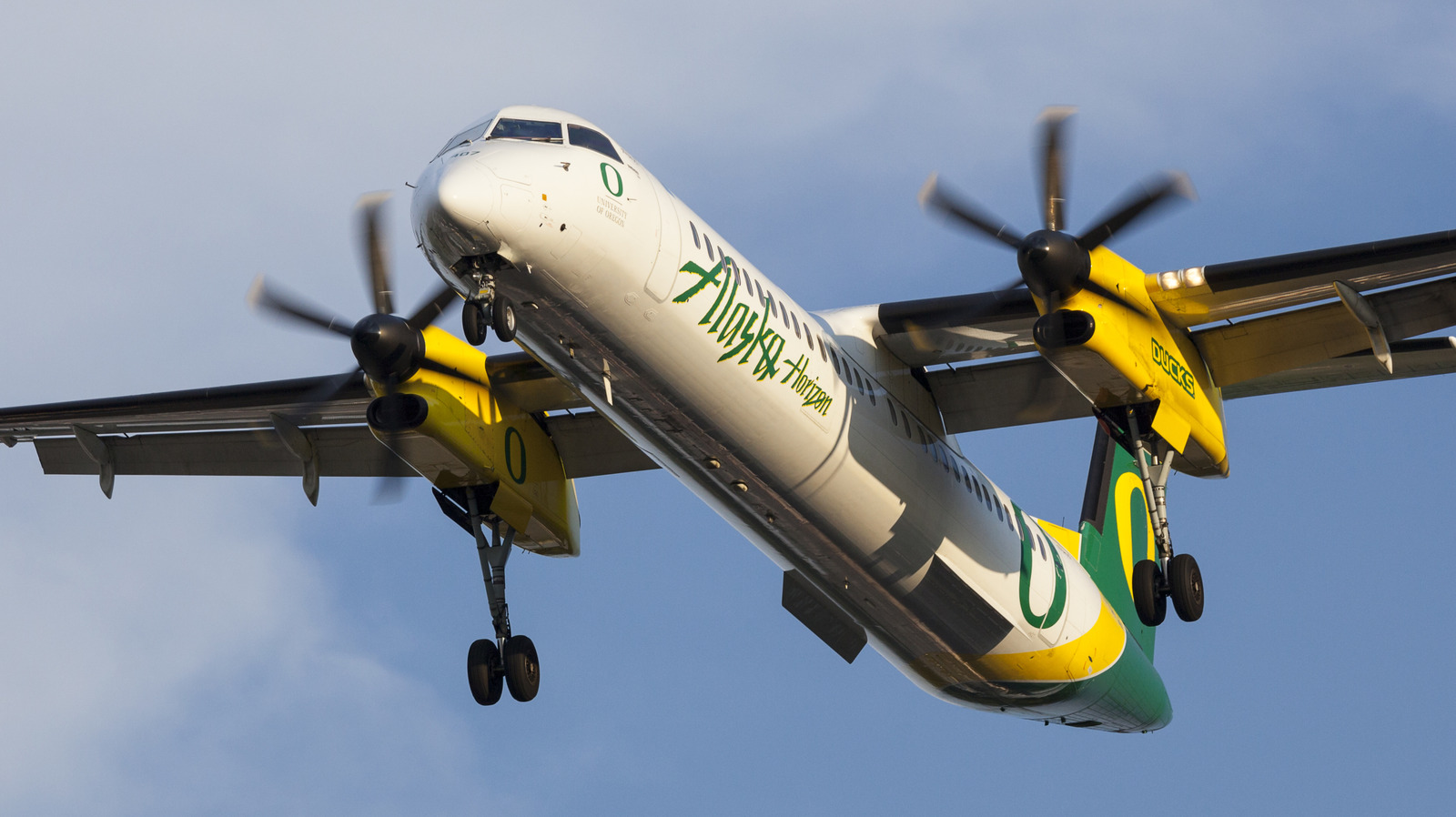










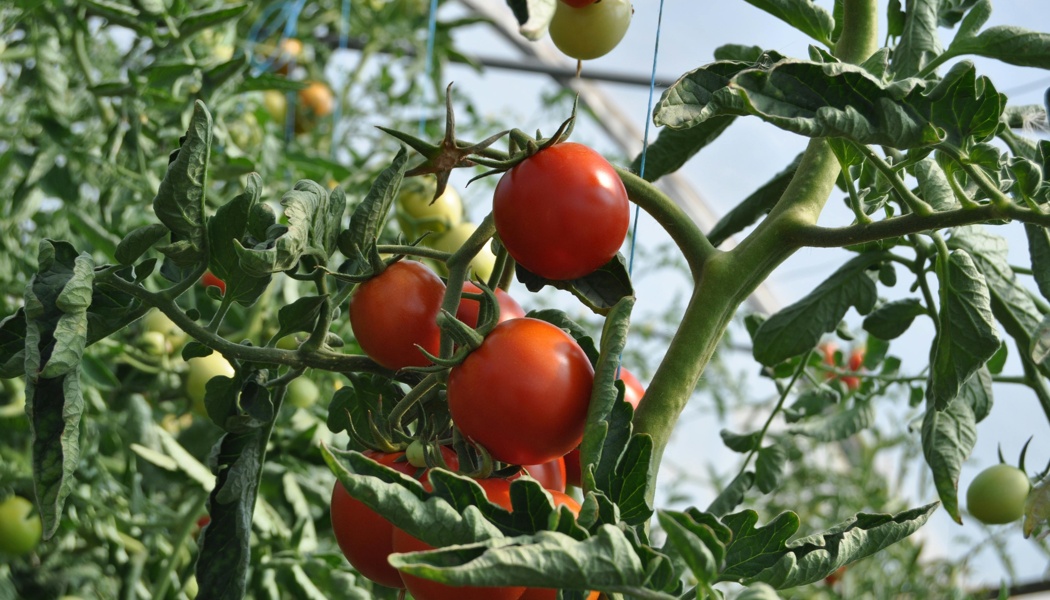
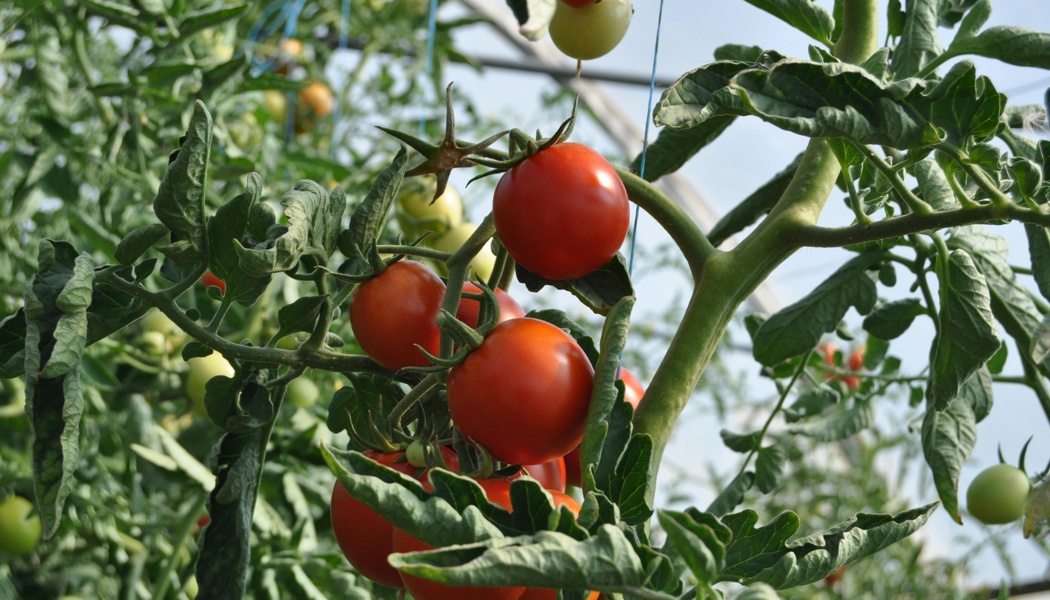














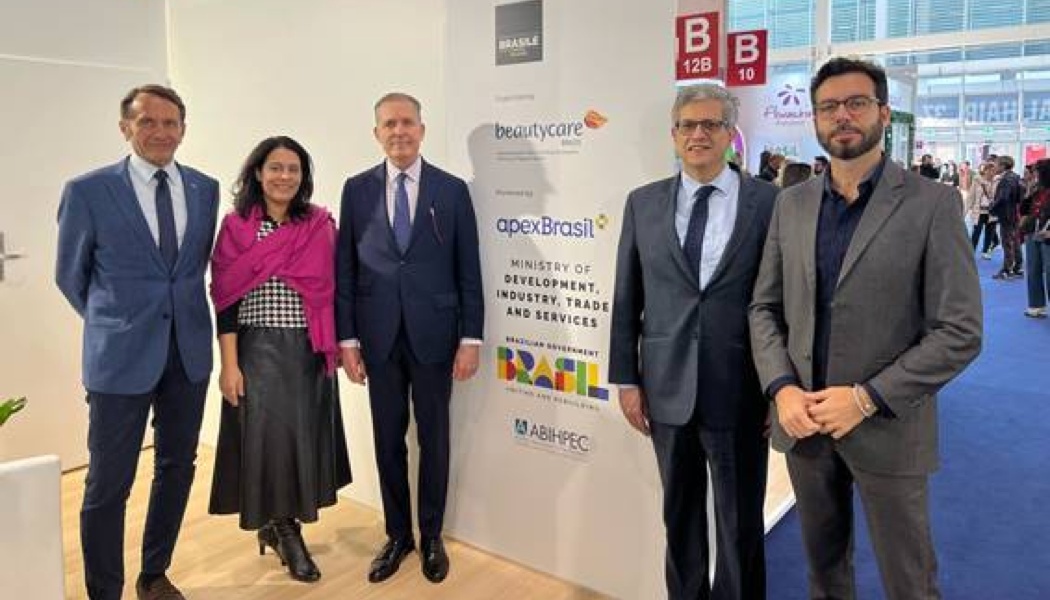
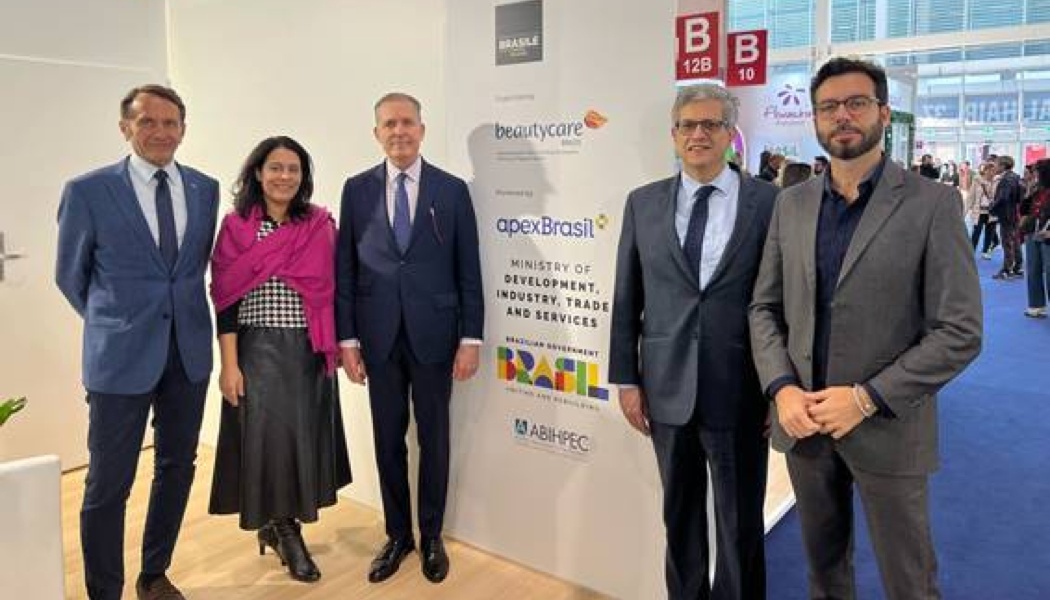



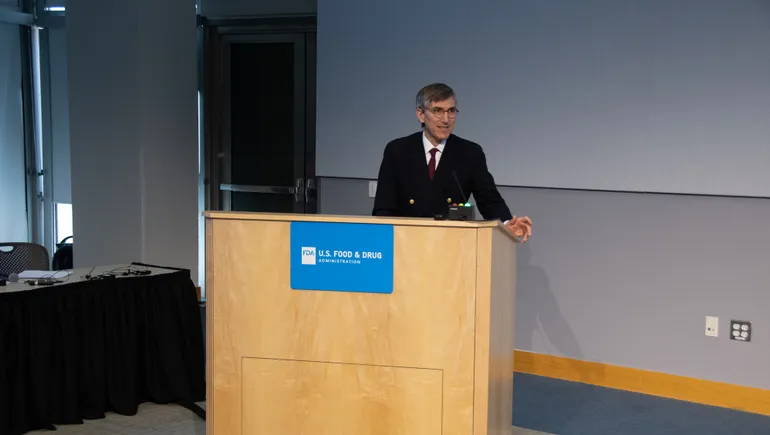
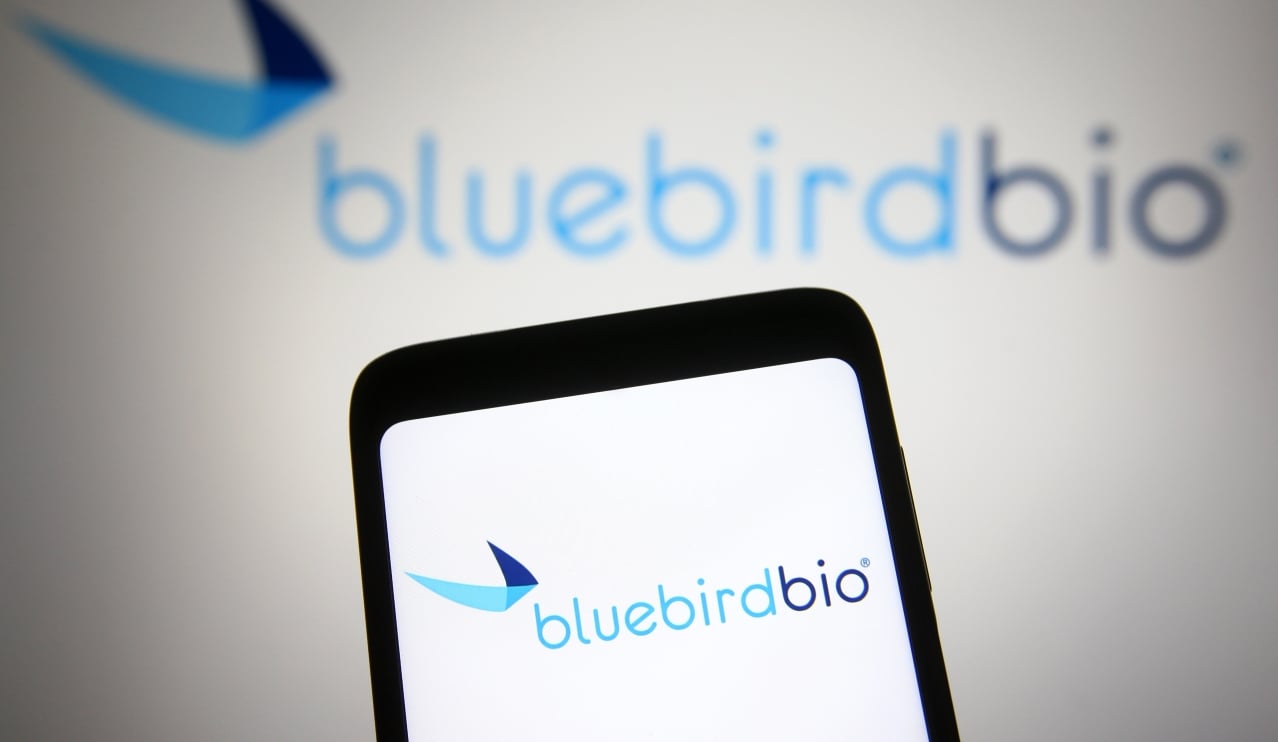







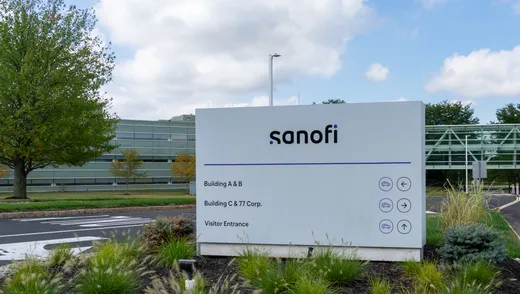
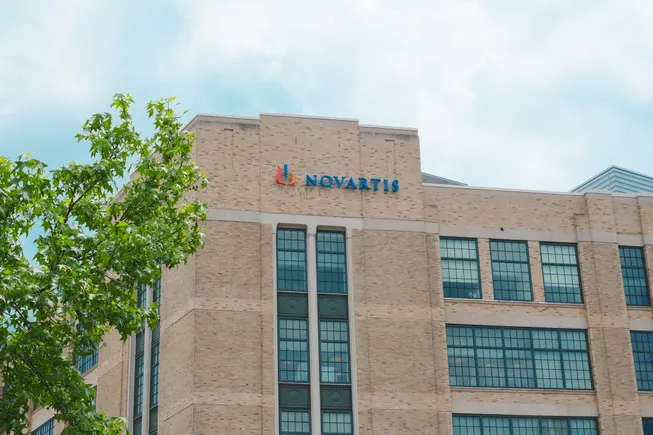
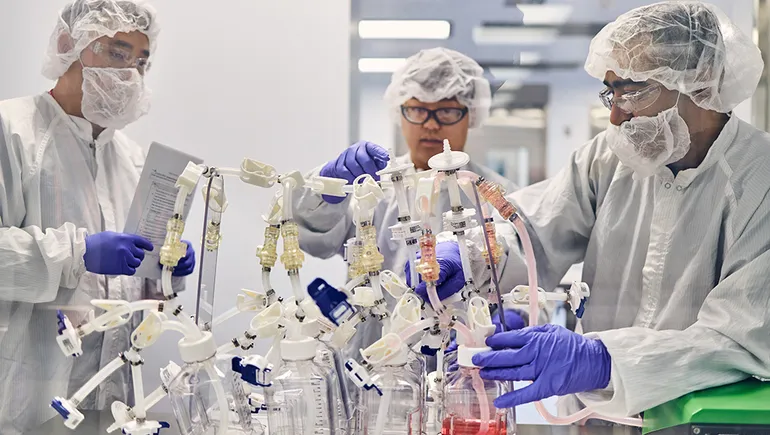
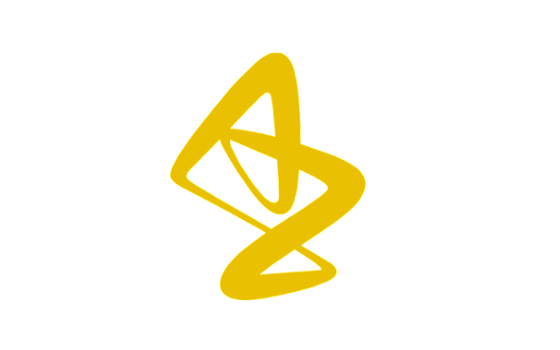
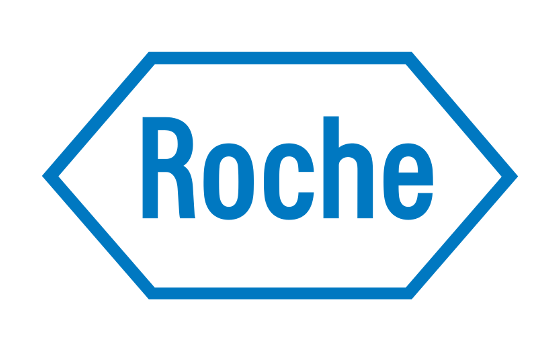






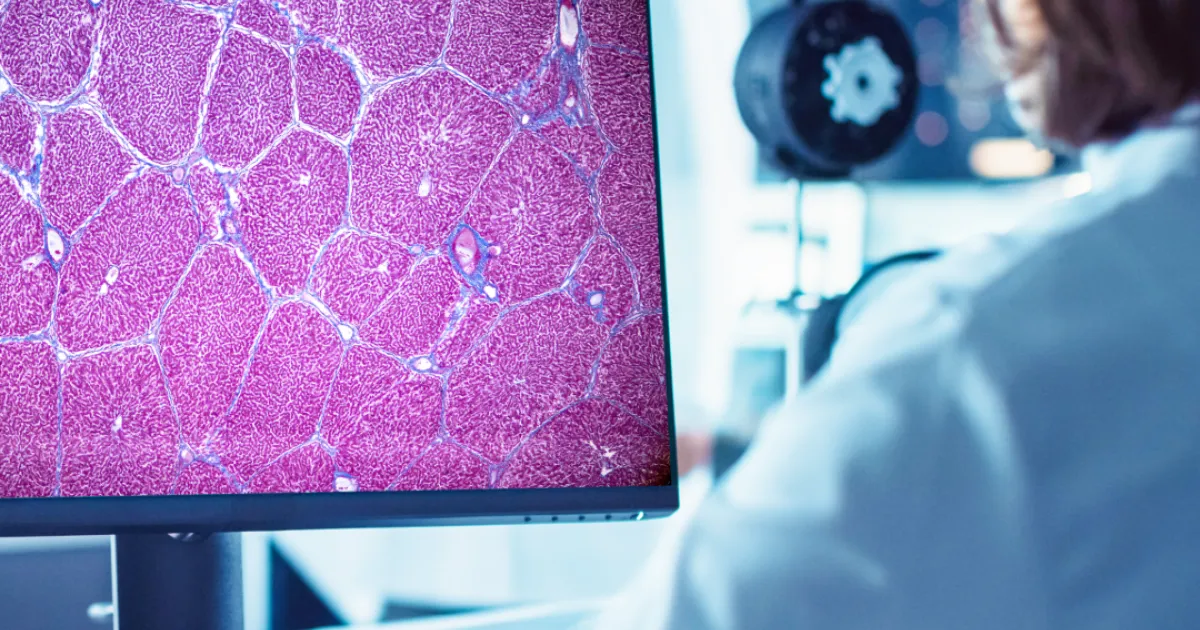

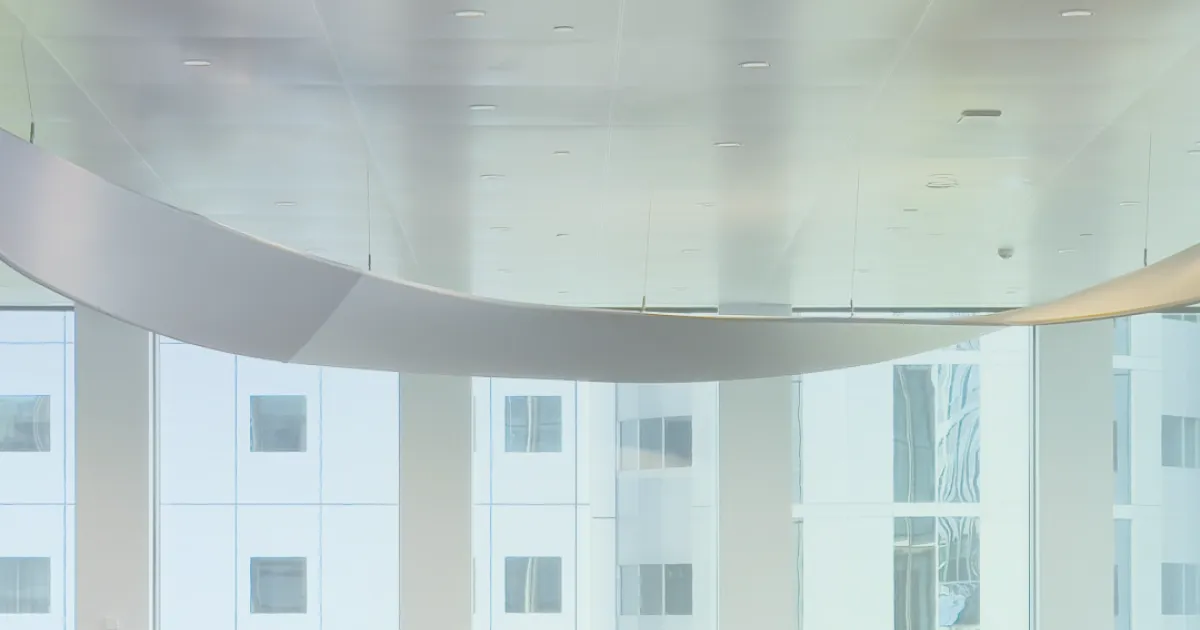











![The sights of Avalon Air Show 2025: Day Three [PHOTOS]](https://breakingdefense.com/wp-content/uploads/sites/3/2025/03/f-35-avalon-final-day-scaled-e1743079275404.jpg?#)
